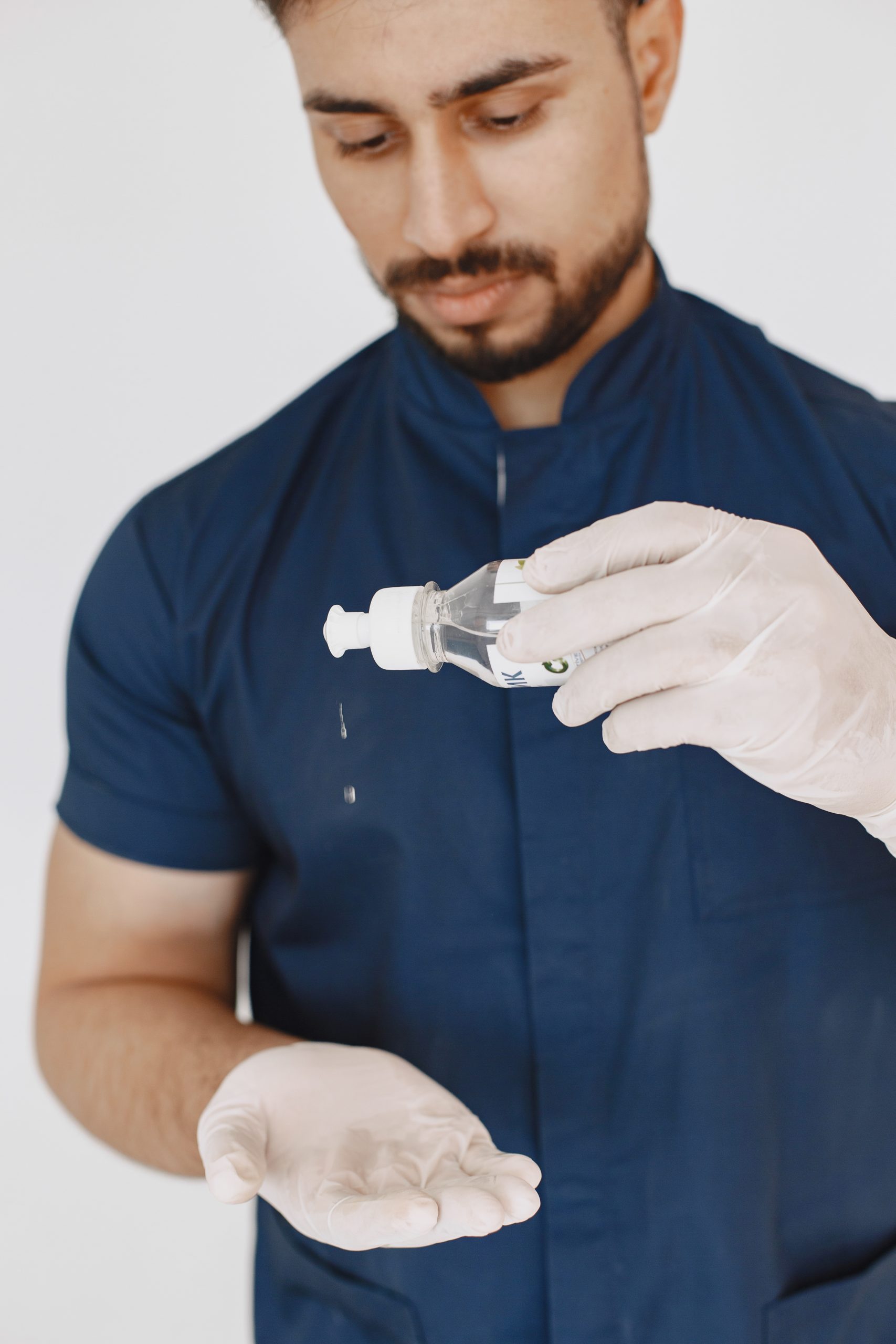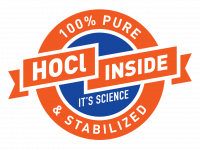Can All Hand Sanitizers Be Trusted?
Part 2

In order to keep up to demand for hand sanitizers during the pandemic, the U.S. FDA allowed the temporary use of benzene in liquid alcohol-based hand rubs. But was this a wise decision? Prior to the pandemic, the CDC, Department of Health and Human Services, the World Health Organization, and the International Agency for Research on Cancer all defined benzene as carcinogenic to humans. Even the FDA said benzene had an unacceptable toxicity. Despite these health agencies knowing that it was dangerous, the FDA still allowed an interim use of benzene in liquid hand sanitizer products, as long as it did not exceed 2 parts per million (ppm).
Another health agency – the USA National Institute for Occupational Safety and Health (NIOSH) – recommends “protective equipment be worn by workers expecting to be exposed to benzene at concentrations of 0.1 ppm or higher” (quote from here). Note: 0.1 ppm is 20 times lower than the FDA’s temporary measure of 2 ppm. NIOSH also defines benzene as a carcinogen, and cautions those using it to avoid inhalation, skin absorption, ingestion, skin and /or eye contact. Benzene – in consistent exposures as low as 0.8 ppm – has been known to be a human carcinogen dating back to the late 1890s. Certainly, the FDA must have known the danger of using benzene prior to setting its temporary measure at the start of the pandemic. It appears these alcohol-based hand rubs might not have been as safe as many were led to believe. In retrospect, the FDA’s temporary measure now appears deeply questionable and troubling.
Unlike alcohol-based hand rubs, which are recommended by many public health agencies around the globe, there are no safety concerns with HOCl. Research has validated HOCl as a non-toxic, non-irritating, and eco-friendly disinfectant and sanitizer. In a test comparing HOCl with other sanitizers – including isopropanol: a common ingredient in alcohol-based hand rubs – HOCl began killing most germs immediately. The HOCl was as at least as quick-acting as sanitizers containing isopropanol, with none of the potential negative effects. Ideas for this blog were gathered from here and here.
